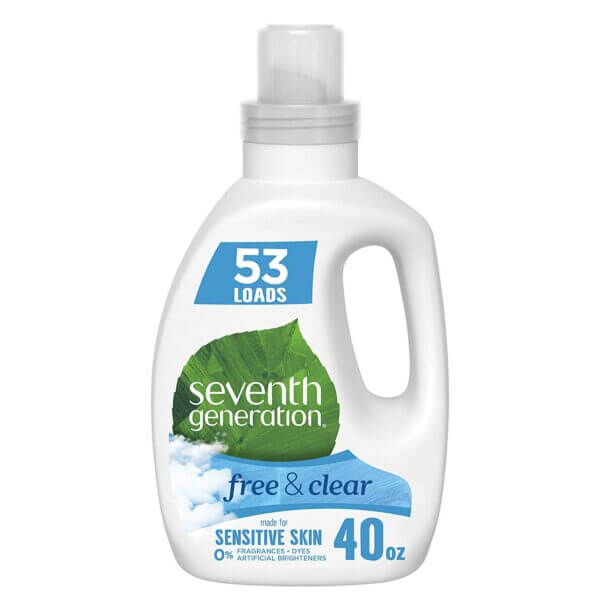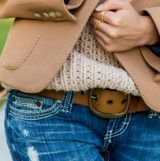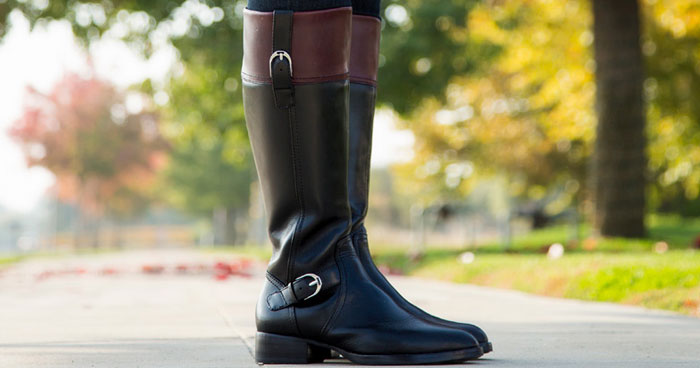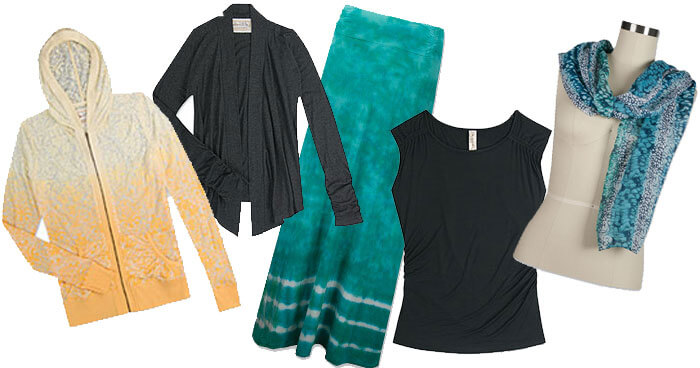How to Green Your Wardrobe
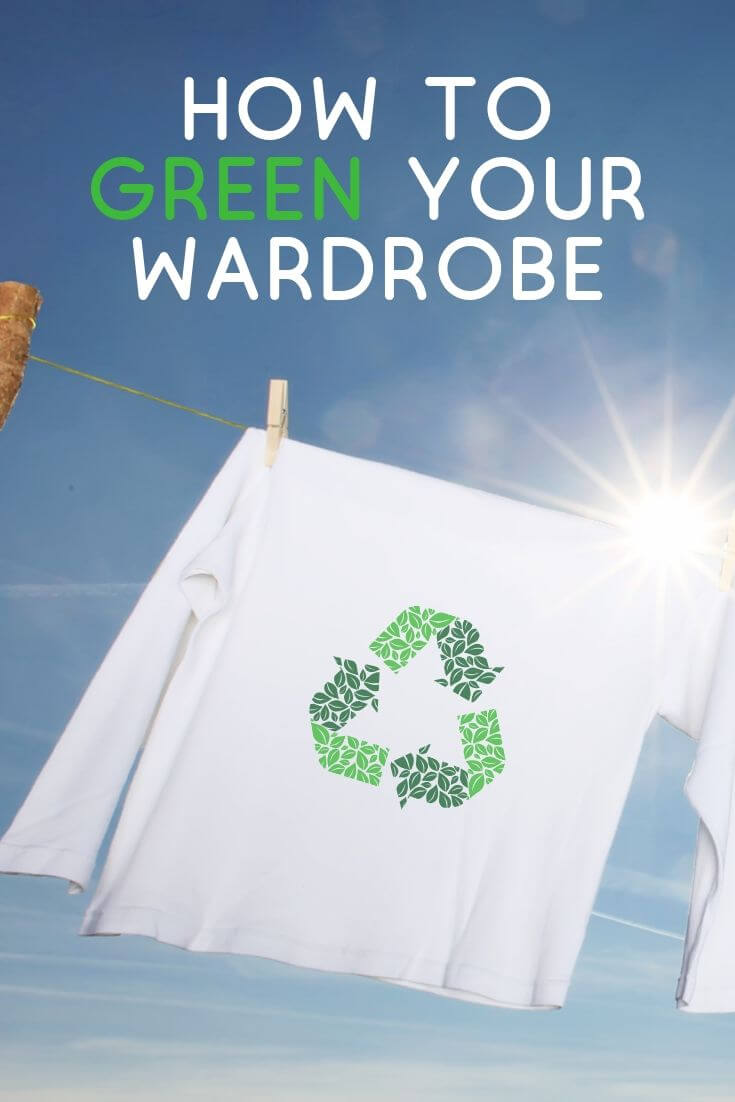
When you are striving to lead a healthy and sustainable lifestyle you might be wondering how your wardrobe fits into a sustainable lifestyle.
There are many ways to green your wardrobe, and here are seven ways get you started. Your lust-worthy green wardrobe awaits!
There are a few affiliate links in this post for products that will help you live a sustainable life via your wardrobe.
1. BUY ORGANIC
You shop for organic food and read all the labels, which is great, but that non-organic t-shirt you buy is laden with pesticides that run-off to the same lakes and streams as the pesticides from our non-organic produce, damaging many ecosystems in the process.
So look to buy organic clothing. Online is the easiest place to start for now, but slowly bigger retail stores are producing lines made with organic cotton. Patagonia uses 100% organic cotton for many of its styles, and it was noted as the number 10 fastest-moving company in phasing in more sustainable synthetics in other categories. H&M has an organic section in their stores – just ask the sales associate to point you to it. Alternative Apparel has organic cottons for their amazingly soft jerseys – I love their tees – and Aventura is a personal long time favorite for a wide array of organic and sustainable clothing choices. See a few of my favorite picks over the years.
2. BUY VINTAGE
Yes, that mysterious and beautiful yet sometimes dusty shop you walk past and never go in IS worth checking-out! You never know what you’re going to find. Along with recycling something that had a previous life, and saving it from the landfill, you have a great conversational piece to talk about.
3. BUY CLASSIC VS. TRENDY
Buying a well-made (although often more expensive) piece such as a trench coat is a much better choice than a jacket that you’ll get tired of after one season. Following the trends each season is fun -I’ve definitely fallen victim to it – but buying pieces that are well made and fit well, is always the more sustainable option. These are the pieces you will wear season after season and perhaps some day pass-down to someone you love.
Things to consider when buying pieces that will last:
– Always choose a classic silhouette in jackets and choose a basic color like black, navy, camel and brown. Leather jackets are always going to be in fashion and perhaps pick your favorite statement color (mine is red) for a little excitement.
– When you find a pair of jeans that make you feel as good as they look, buy them and stick with them! They will last for years to come, will fade perfectly and you get to rack-up tons of memories in them. My oldest pair of jeans is a vintage pair of Levis’ – care of my Dad.
– Stock-up on and relish in those amazing cashmere sweaters that will keep you warm for years to come. They can be belted, tucked into skirts, and worn over leggings with a great pair of boots. Have fun styling your favorite sweater!
– Color is so important and it’s all about knowing what works for you and knowing what you won’t get sick of. I’m always in black, and have a hard time leaving it, but it works for me and I feel great when I have it on. What colors are you drawn to?
– Consignment shops are no longer the thing you don’t share with your friends. Bring your friends along – you never know what amazing designer pieces you’ll find! If you have some cute designer pieces that you never wear, bring them in to sell and trade. Search your city for a consignment shop near you.
4. STOP DRYING YOUR CLOTHES
80% of the energy used in the life of your clothing is produced during the customer “use phase”. That’s a fancy way for Life-Cycle scientists to say that when you wash and dry your clothing it uses more energy than it takes to grow and manufacture the garment to begin with. So HOW you care for your clothing is really very important. If you can, wash everything in cold water (with biodegradable detergents of course, I love Seventh Generation!) and PLEASE consider against machine-drying your clothes. Instead hang them or lie them flat to dry to save energy… and money.
5. REUSE & RECYCLE
It seems like an innocent thing to take your unwanted clothing to the Salvation Army or Goodwill, but our second hand clothing represents a HUGE global commodity and a problem to overseas clothing and textile manufacturing industries that have been decimated by our overwhelming supply of used clothes. People in the developing world are losing their local cultural craft and artisan jobs, as our cheap second hand clothing floods their markets. Support your local designers and Fair Trade cooperatives when you see them.
Clothing swaps are a good alternative to exchange unwanted clothing and it’s no longer weird – it can be a lot of fun! Find an existing clothing swap in your area or start your own with your friends over wine and yummy organic food.
It wasn’t too long ago that we mended and repaired our clothing when a moth gnawed a hole in it or we found a tear. The act of mending and sewing is actually therapeutic, like many craft activities that are losing their power in our racing-speed digital media world. I often give my things to my dry cleaner for repair and they’re happy to provide this cheap and efficient service.
6. KNOW WHERE YOUR CLOTHES COME FROM
Do you know where your clothing was made? Have you looked at the little takes and thought about what country and laborers you are supporting? Your shopping choices determine whether you support a local designer in your community or country or an artisan in a developing country. At the very least, we should all care to look at clothing labels before we make a purchase, this way you can begin to think about supporting businesses that share your values. For example, if you value women’s labor rights, show your support by buying indigenous accessories from a women’s co-op. If you value a thriving local economy, support local designers in your community – you may even make a new friend!
7. BUY LESS, STYLE MORE
It almost pains me to say this, but it’s true, buying less can help us realize that 1) there are more important things than fashion and 2) you can do a lot with very little. Accessories like shoes, belts, bags and jewelry all can be used to spruce up your wardrobe. Going through my Mom and Aunt’s closet has always been fun, and with a little creativity you never know where you’ll find your next favorite dress!

